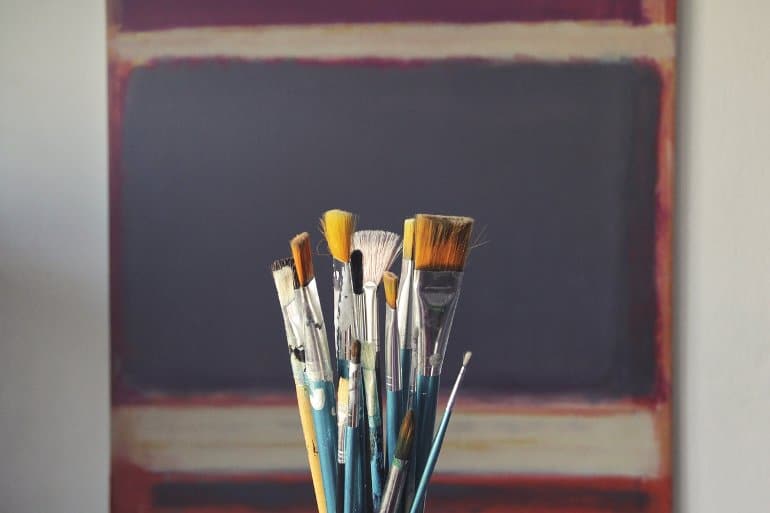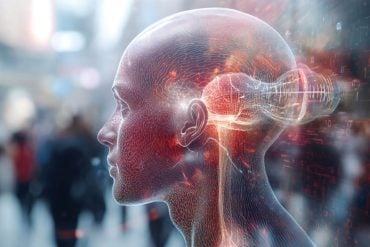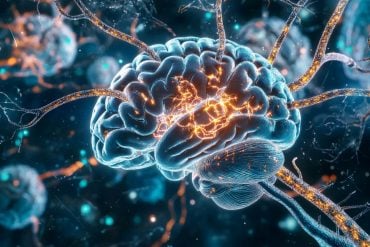Summary: Despite the common myth, alcohol and narcotics are the least effective means to spark creativity, researchers report. Instead, complex training, meditation, and cultural exposure add a boost to your creative flow.
Source: University of Essex
A rock’n’roll myth has been debunked by researchers who discovered drugs don’t spark creativity.
The University of Essex and Humboldt University of Berlin psychological study has revealed narcotics are the least effective way to inspire imagination.
In a blow to fans of hard-living musicians, writers and artists, the research found that complex training programs, meditation and exposure to culture are the best ways to find a muse.
With alcohol and pharmaceutical amphetamines such as Adderall failing to influence inspiration whatsoever.
Dr Paul Hanel, from Essex’s Department of Psychology, said: “We examined hundreds of papers to uncover the best ways to boost creativity and I hope the findings will help the growing number of people who rely on their creativity to earn a living.
“What worked best were complex training courses, meditation, and cultural exposure such as, studying abroad.
“We believe it is a positive message that drugs do not enhance creativity, given the side effects of drugs.”
The study – published in Psychology of Aesthetics, Creativity, and the Arts – examined the findings including thousands of people to expose the mysteries of creativity.
The research showed training which highlights mental techniques that unpack the creative process has the best long-term impacts.
And discovered mindfulness activities like meditation and open thinking boosted imagination in the short term.
It was also found that visiting different countries and experiencing their cultures unconsciously expands horizons.

However, there is no one-size-fits-all approach for fostering creativity – with people responding better to different situations and techniques.
It is hoped the research will help schools and employers better understand creative thinking.
Dr Hanel said: “Although it once seemed the preserve of artists, creativity is everywhere in the modern world.
“Everyone from family businesses through to giant companies needs to produce material to show their wares on social media.
“This could be the difference between success or failure for many people and I hope that this study will help them find inspiration.”
The lead author Jennifer Haase from Humboldt University of Berlin added “There are many ways to enhance and encourage creative thinking.
“Creativity is not a skill to be learned and then applied.
“Creativity results much more from a situational fit between the cognitive mindset and the creative challenge.”
About this psychology and creativity research news
Author: Ben Hall
Source: University of Essex
Contact: Ben Hall – University of Essex
Image: The image is in the public domain
Original Research: Closed access.
“Creativity enhancement methods for adults: A meta-analysis” by Paul Hanel et al. Psychology of Aesthetics Creativity and the Arts
Abstract
Creativity enhancement methods for adults: A meta-analysis
This meta-analysis synthesizes 332 effect sizes of various methods to enhance creativity. We clustered all studies into 12 methods to identify the most effective creativity enhancement methods.
We found that, on average, creativity can be enhanced, Hedges’ g = 0.53, 95% CI [0.44, 0.61], with 70.09% of the participants in the enhancement conditions being more creative than the average person in the control conditions.
Complex training courses, meditation, and cultural exposure were the most effective (gs = 0.66) while the use of cognitive manipulation drugs was the least and also noneffective, g = 0.10.
The type of training material was also important. For instance, figural methods were more effective in enhancing creativity, and enhancing converging thinking was more effective than enhancing divergent thinking.
Study effect sizes varied considerably across all studies and for many subgroup analyses, suggesting that researchers can plausibly expect to find reversed effects occasionally.
We found no evidence of publication bias. We discuss theoretical implications and suggest future directions for best practices in enhancing creativity.







